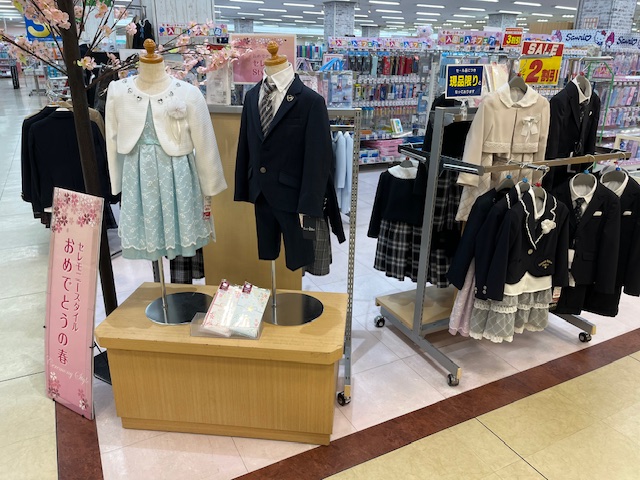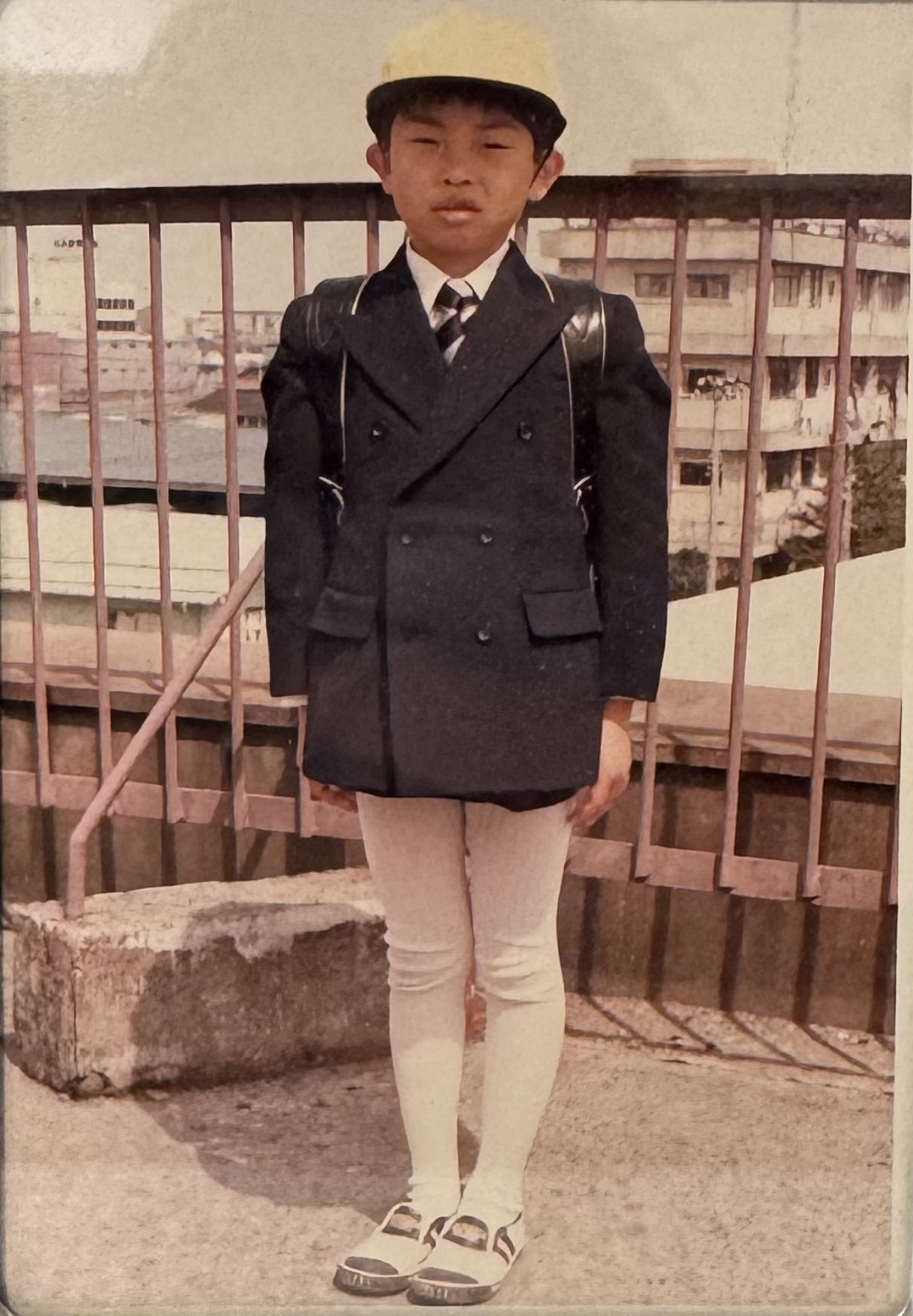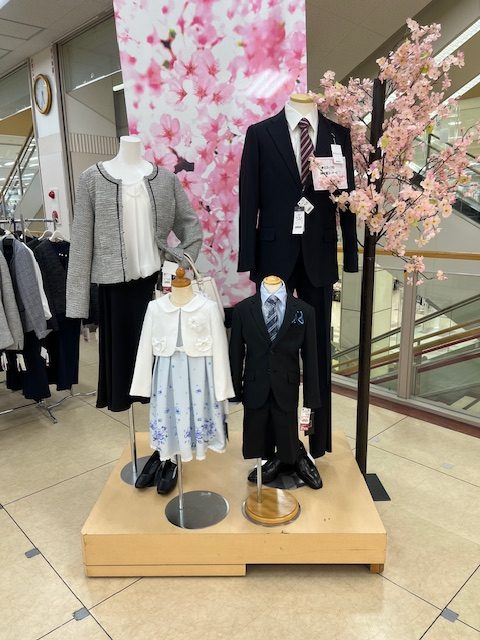Every year, at the beginning of April, a time-honored ritual takes place all over Japan at schools from kindergartens, to elementary schools, to junior high and senior high schools, to universities called “nygakushiki” (entrance ceremony). This momentous event is largely to welcome the new students to the school, as well as their parents who mostly always attend the ceremony.
April is a time of new beginnings in Japan. Graduation occurs at the end of March, so students prepare for their next educational adventure in early April. The month of April also marks the beginning of the fiscal year for government offices and companies, so new recruits and workers also are feted with a welcome or entrance ceremony as they begin their new lives as professional workers.
Department stores and shops display clothing appropriate for the ceremony in huge displays. Little dresses and suits for the new kindergarteners or first grade students are prominently displayed, along with the crisply pressed and sleek junior high school uniforms, and coal-black or deep-navy suits for the university students or company recruits. Even parents get their own displays to make selecting the right clothing for the entrance ceremony easy and convenient (see clothing photos).
In the U.S., it is not customary to have such a formal ceremony in schools or at companies for new students or recruits. An orientation of some kind may be arranged but these are more perfunctory in scope and content, whereas a nyugakushiki is filled with a somberness that is formal and impressive. In the U.S., often is the case where a person shows up to the company and they are merely shown to their work station, maybe given a tour, but no fanfare or celebration except perhaps a welcome party after work hours with the people the person works with directly. But these tend to be more “spur of the moment” get-togethers without the structured formality that is typical of a Japanese-styled welcome party.
For school entrance ceremonies, there tends to be a standard protocol for the actual ceremony: The new students enter the gymnasium or hall, normally those in attendance sing the national anthem, then each student’s name is called out and each student gives an enthusiastic equivalent of “here” (hai) to acknowledge his/her presence. Then there is usually a speech of encouragement and support by the school principal.
One student is selected to represent the entire new class of students and this student takes a verbal oath on behalf of all the new students entering the school. Often the school’s song is then sung by those in attendance. No doubt, not many people probably know the words so a copy of it is usually included in the program passed out to those entering the gymnasium or hall.

After the ceremony, the students divide up and go to their respective homerooms to meet their new teachers while the parents have a PTA orientation and meeting because the PTA is a very important and even powerful entity, and an obligatory aspect of the Japanese educational system. Schools often host “open class” days for the parents of students at least once during a term. The schools normally inform the parents of the classes (when and what they are) beforehand and the parents can then meet with their child’s teachers on these days.
Since I teach at a national education-based university, we are quite enmeshed in school life and we, as faculty members, regularly visit the attached schools in order to observe lessons, critique student teaching practice lessons, meet with teachers, and assist in teacher training activities.
Thankfully, In Japan, being a teacher is still a very highly-respected profession and teachers are held to very high standards in Japan. I think it is accurate to say that being an educator or teacher is one of the most respected professions in Japan. The title “sensei” carries much clout and respect amongst the community and in society, in general. Even when I run into former students who sat in my classroom over 30 years ago, I am always addressed as “sensei.” So once that student-teacher bond is established in Japan, it lasts forever.
Nearly every student has a photo of himself or herself dressed in their finest clothes, often alongside their parents, standing in front of the school sign or gate for a photo. First-year elementary students often are wearing their “randoseru” (a firm-sided backpack made of stitched leather). This backpack is used until the sixth grade and is often gifted to the child from a grandparent as they embark upon their elementary school life. Grandparents often gift the child’s first study desk and chair at this time, also.

The vintage photo of the school child, Shingo Ono (photo), included in this article shows him at his first-grade entrance ceremony and the straps of his randoseru are visible on his back. Often times boys wear short pants for this ceremony and in 1978 when this photo was taken, apparently leggings were the fashion of the day to help keep the legs warm.
These backpacks are not cheap! Depending upon the quality and luxury of the item, they can run anywhere between $100 to $800, hence why grandparents often like to gift this to the child because it is quite durable and made to last, and is sort of a keepsake gift that is truly a rite of passage. They are used hard for the child’s six years of elementary school life.
The Shelby County Post is a digital newspaper producing news, sports, obituaries and more without a pay wall or subscription needed. Get the most recent Shelby County Post headlines delivered to your email by visiting shelbycountypost.com and click on the free daily email signup link at the top of the page.







